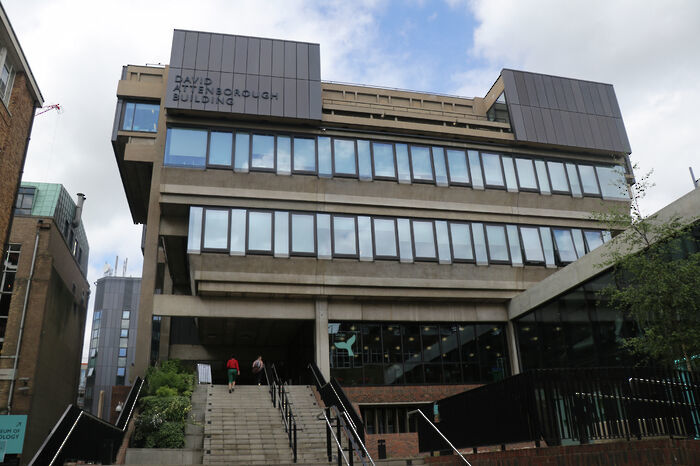350,000 African artefacts found in University storage
The majority of the items were acquired during British colonial rule

A Cambridge researcher has uncovered around 350,000 African artefacts in the University’s collections.
African artefacts and manuscripts, as well as some natural history specimens, human remains, and photographs, have been found in storage at Cambridge University museums. The project has revealed that a majority of these items were acquired during British colonisation.
Dr Eva Namusoke, the senior curator of the Fitzwilliam Museum’s African Collections Future initiative, spent over a year liaising with the University’s teams of curators and archivists to uncover the artefacts.
The items were found across the stores and archives of eight Cambridge museums and the Botanic Gardens. While some items were bought or excavated, many others were stolen or looted.
Among the objects noted are nearly 200,00 manuscript fragments found in Egypt now housed at the University Library, an estimated 110,000 archaeological artefacts and 27,300 anthropological items in the Museum of Archaeology and Anthropology.
Dr Namusoke stated that it “is fairly common” for large museums not to display most of their collections, but claimed it was “still surprising to see this scale and diversity from the entire African continent and some there for decades and decades”.
The project is part of the University’s recent work attempting to address questions about its relationship with colonisation and enslavement. It follows both the Museum of Archaeology and Anthropology’s (MAA) return of 39 artefacts to Uganda, and Trinity College’s return of four aboriginal spears in a repatriation ceremony earlier this year.
The MAA is also in possession of 116 objects linked to the British looting of the Benin Kingdom. Alongside this, it currently holds a gold necklace from Ghana which is thought to have been looted from the nation during the Third Anglo-Aasante War.
Research found that only 1% of the MAA’s estimated 137,000 artefacts are on display. Dr Namusoke said she hopes that African related artefacts will now be shared and researched more widely.
The report from the project recommends promoting more research, collaboration and engagement with African scholars and communities, with Dr Namusoke saying that the next step should be “increasing visibility and allowing people to explore the collections themselves”.
 News / Cambridge academics stand out in King’s 2026 Honours List2 January 2026
News / Cambridge academics stand out in King’s 2026 Honours List2 January 2026 Interviews / You don’t need to peak at Cambridge, says Robin Harding31 December 2025
Interviews / You don’t need to peak at Cambridge, says Robin Harding31 December 2025 Comment / What happened to men at Cambridge?31 December 2025
Comment / What happened to men at Cambridge?31 December 2025 News / Varsity’s biggest stories of 202531 December 2025
News / Varsity’s biggest stories of 202531 December 2025 News / Unions protest handling of redundancies at Epidemiology Unit30 December 2025
News / Unions protest handling of redundancies at Epidemiology Unit30 December 2025










